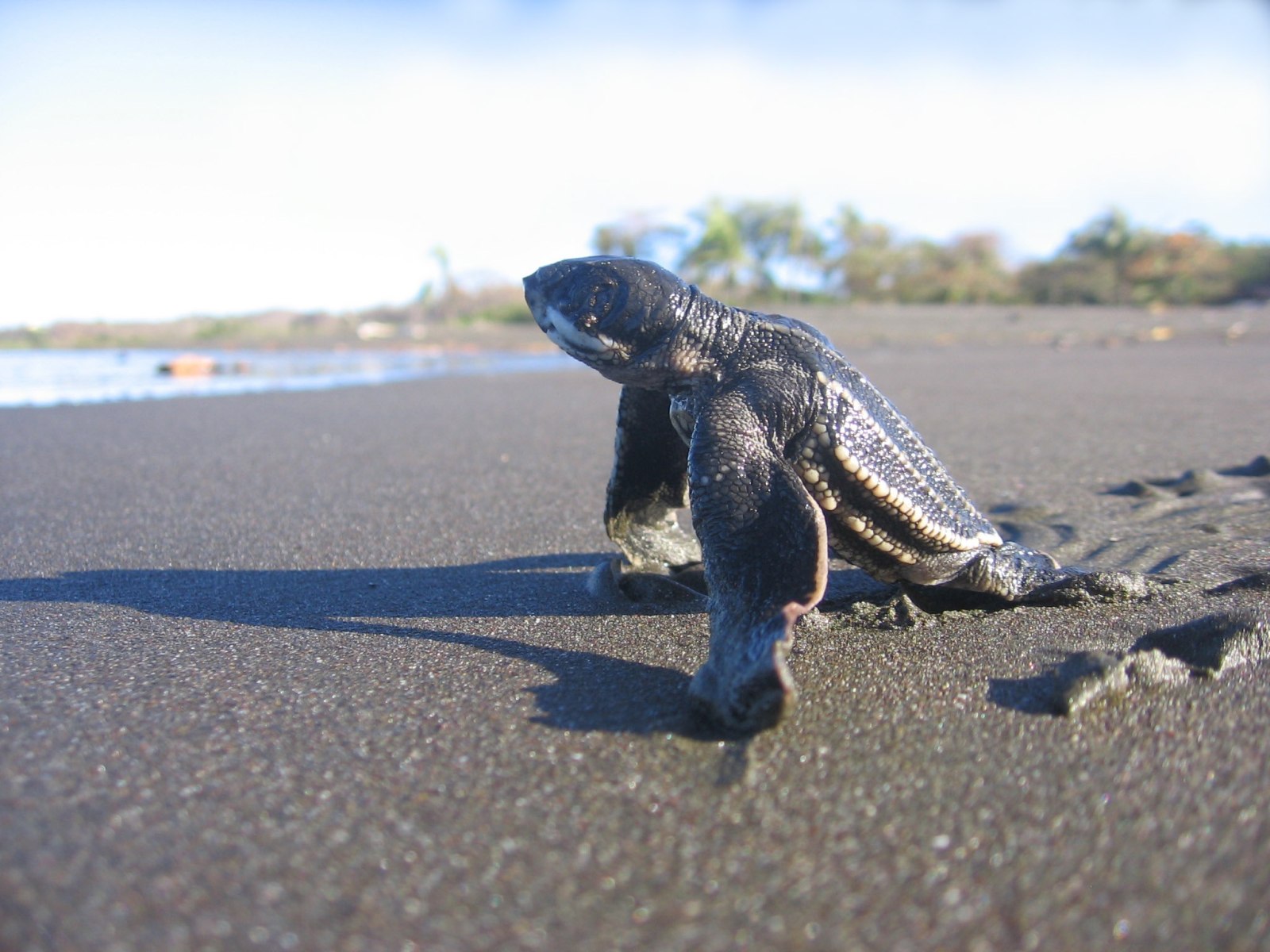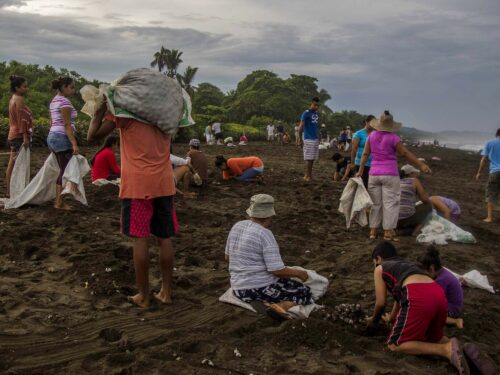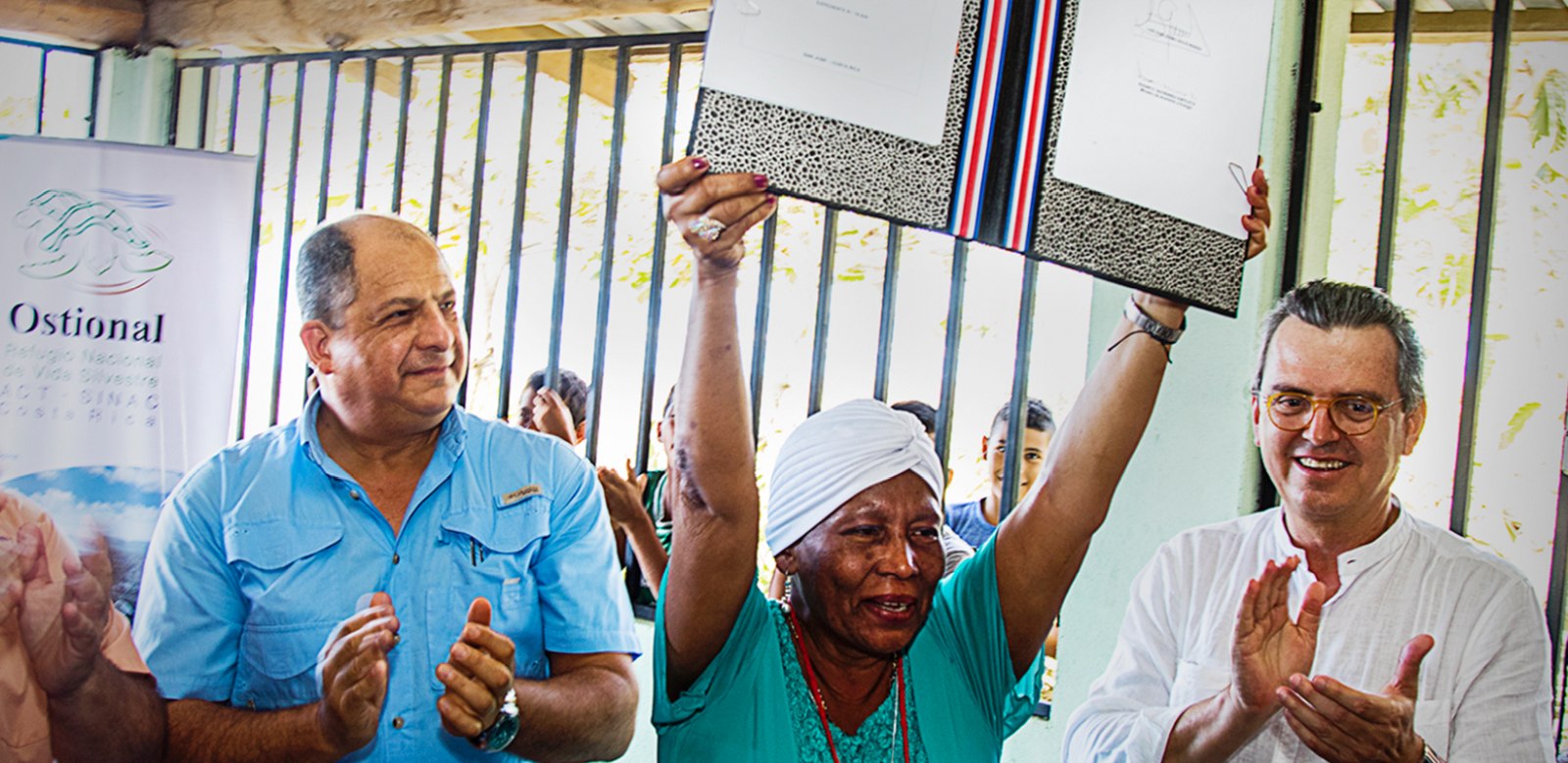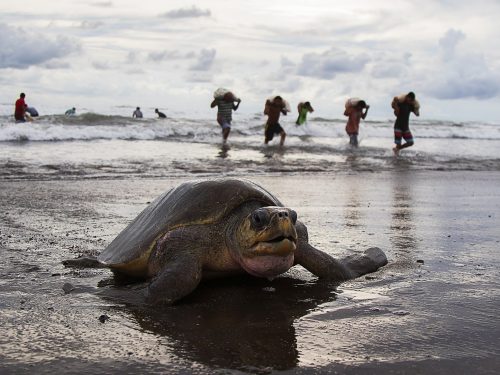
As of Thursday, January 14th, the Ostional Wildlife Refuge went from being government-owned to being mixed, which means that from now on, private properties can be duly registered and permitted within the refuge, following the approval of Law 18939, “Ostional Wildlife Refuge Law.”
This is a relief for many who live in the area, especially those in the community of Ostional who have been living in the refuge since before it was created in 1983.
In addition, the new law will honor private land titles registered in the National Registry of Costa Rica that were also registered before the creation of the refuge.
Law project 18939 was approved during the first debate in December and was voted on by legislators in the second debate on Thursday, January 14th, with 41 votes in favor and one opposed.
The new legislation aims to establish a special legal regime for the Ostional Wildlife Refuge that allows the regulation of land use, fair and sustainable use of natural resources through active participation from the communities, and providing legal assurance to those who currently occupy lands in the refuge.
The legislator from Hojancha, Juan Marin Quiros, was pleased since he has been one of the main supporters of the law. “I am happy for the people of Ostional, humble, honest, hardworking people, because it brings them peace of mind. It is a legal framework that allows the Conservation Area to manage the refuge and organize, in a planned way, the physical spaces in the areas that are in compliance,” he said.
One benefit of the law for residents of Ostional is that, after it goes into effect, [officials] will not start procedures to evict occupants present in the refuge and processes that are already in process will be void.
A particular case was that of Daniel Gomez, who, due to remodeling his home that is within the refuge, was charged with a criminal case, which is still in process.
In Contrast
Not everybody is satisfied with the approval of the law, as in the case of the Nosara Civic Association. According to Alvaro Quesada, the lawyer who represents the group, the text could have legal loopholes.
“The problem with the law project is how it was written: it opens the doors to the legalization of situations of a private nature that are now considered illegal, for example, the ‘vacation homes’ within an area where businesses were intentionally excluded for the protection of endangered species,” explained the lawyer.
Quesada thinks that if irregularities currently exist now, the decreased level of protection could generate exposure and damage to the environment, taking into account the SINAC and MINAE have very limited resources to control legality.
“The families in social and economic need will not necessarily and primarily benefit, since the other private occupants [who have more resources] can legalize their situation before everyone else. It is a sad reality,” Quesada said.
However, according to Mauricio Mendez, subdirector of the Tempisque Conservation Area of MINAE (Ministry of Environment and Energy), the law has not opened possibilities for negotiating with the government.
“This law facilitates a better coexistence with the refuge. People will be able to make repairs to their homes and live in dignity. Everybody has that right, but it also closes the door for those who want to negotiate with the government. The law is not designed to legalize those who do something improper,” commented Mendez.
However, the Nosara Civic Association makes a comparison between the text of the law and the concessions given in the Gulf of Papagayo and the Maritime Land Zone.
“Our understanding is that a generic text was approved, which does not differ much from the framework established by the concessions in the Gulf of Papagayo or the ordinary regime of the Maritime Land Zone. If the law is published and becomes binding, refuge will simply be a title,” the lawyer said.
According to the established boundaries, the refuge is made up of the communities of Ostional in the canton of Santa Cruz and Pelada Beach and Guiones in the canton of Nicoya. Within this territory, there are about 300 people who live in the refuge, but only 136 properties are registered.







Comments